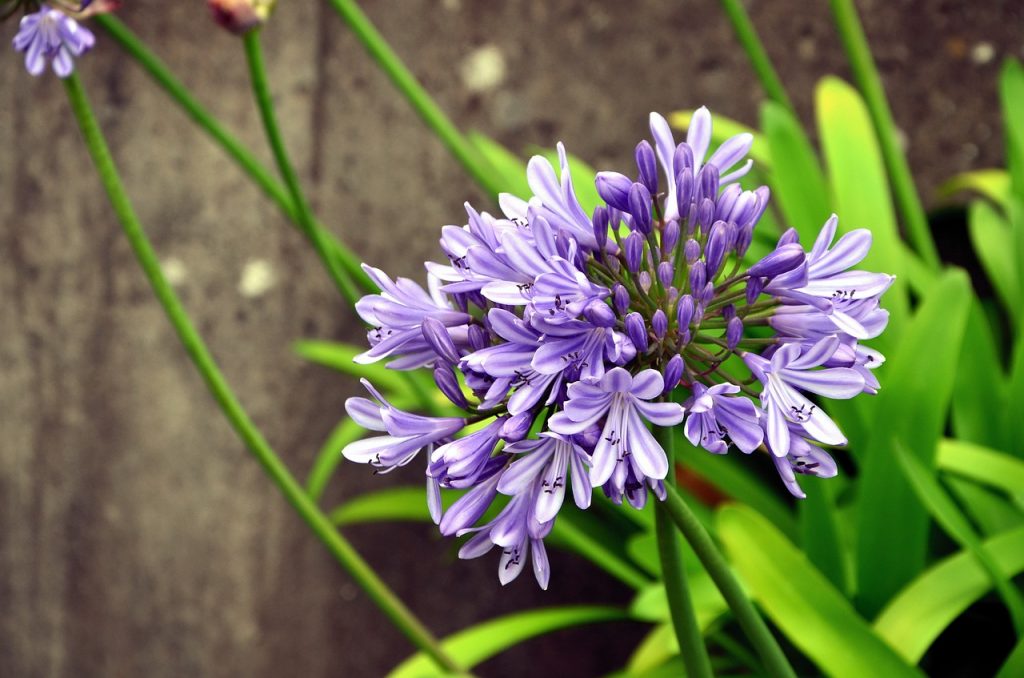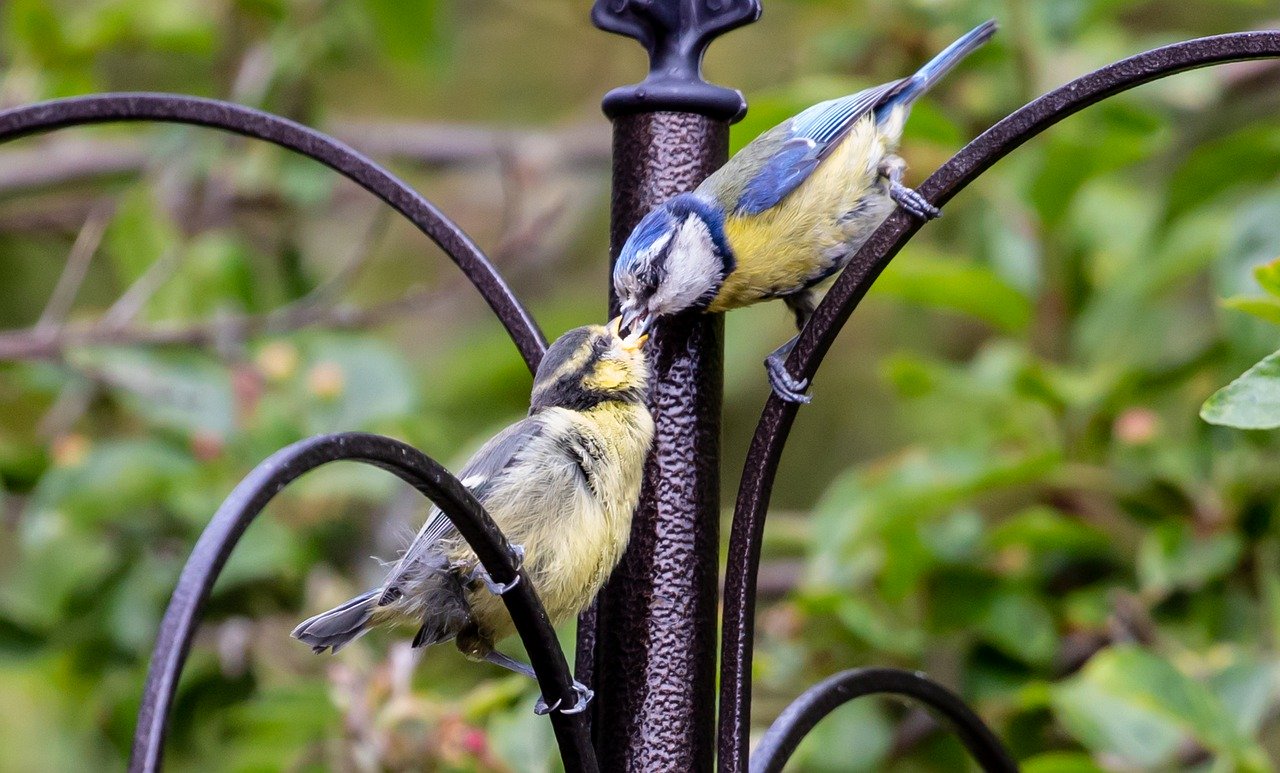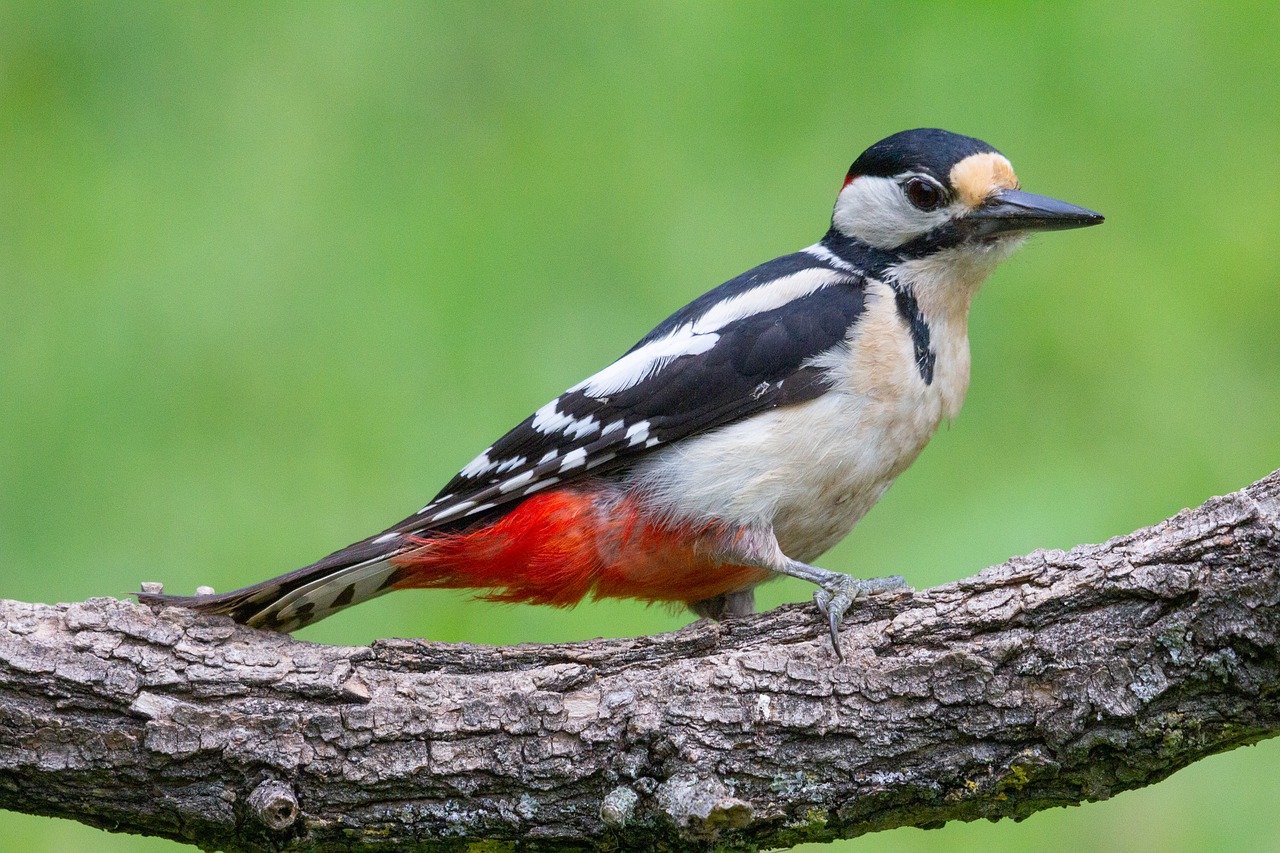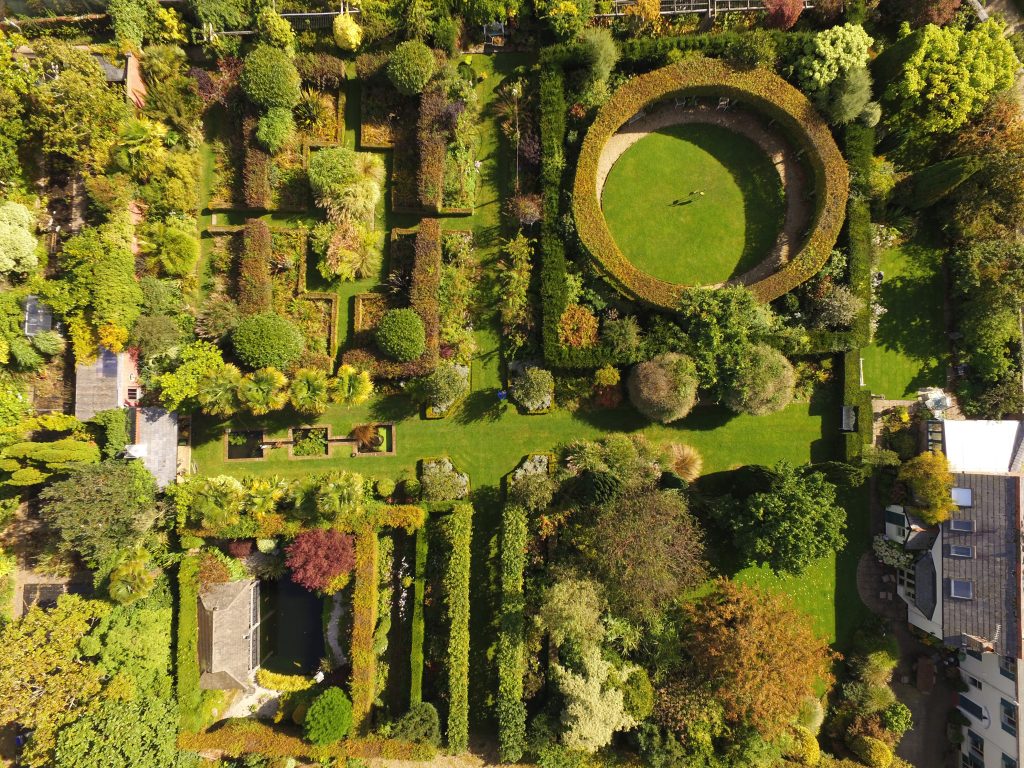Choosing plants for a coastal location - Part 1
The UK has around 11,000 miles of coastline. We are also a nation of gardeners. So that is an awful lot of gardens exposed to the coastal elements, leaving people pondering what to plant in such conditions.
Although Apple Court Garden is only approximately a mile from the sea, we are a sheltered, walled garden protected by a barrier of ancient oaks. Coastal conditions are not an issue for us. However, many of our customers face the salty winds and exposed locations in Milford on Sea, Christchurch, Highcliffe and Bournemouth. And indeed our own garden is right on the cliff top at Milford, and we have lost a lot of plants over the years!
The good news is that there are hundreds of plants well suited to coastal conditions. One of the first things that many landscape designers recommend doing is creating windbreaks within your garden, using large wind-tolerant shrubs. In our own garden, the fast-growing Grissilinia … works well, as does Eleagnus ….. Choosing a variegated version of the latter adds interest and different colours. Phormiums are suited to a coastal climate, but do be aware that these grow very large indeed. When we first planted our coastal garden we made the mistake of planting far too many and have recently spent a lot of time digging them up after they have taken over may of the beds. Bay also makes a great windbreak.
Although it is often the plants with thicker, green leaves that do well in coastal gardens, Sambucus nigra (Black Elderflower) does well in ours, it’s purple leaves and pink flowers making a lovely contrast against the fresh green phormium leaves and the tropical looking cordyllines. Cordyllines are a must in my opinion in coastal gardens – I love the beachy feel that they bring, and the flowers are just lovely. There are several varieties to choose from in the UK; my favourite is probably the “Torbay Dazzler” with its stripy leaves. However, in my exposed garden I have stuck to the common Cordyline australis as I believe it to be the most hardy. At Apple Court we have a few different specimens.
Most grasses survive well, but it is better to put them in a more sheltered position as often their panicles can be broken by strong winds. Shorter grasses such as Stipa tenuissima are fantastic; their floaty fronds adding movement and texture to your garden.








